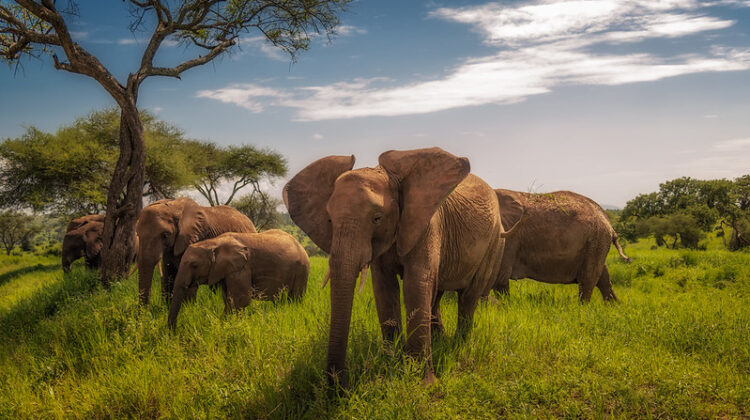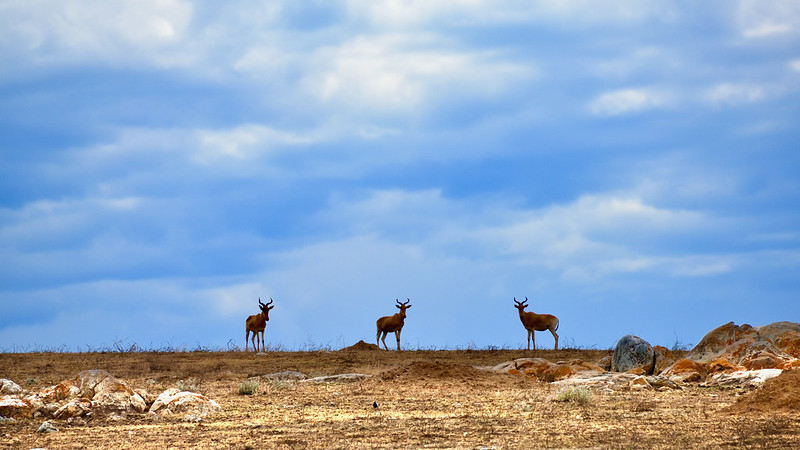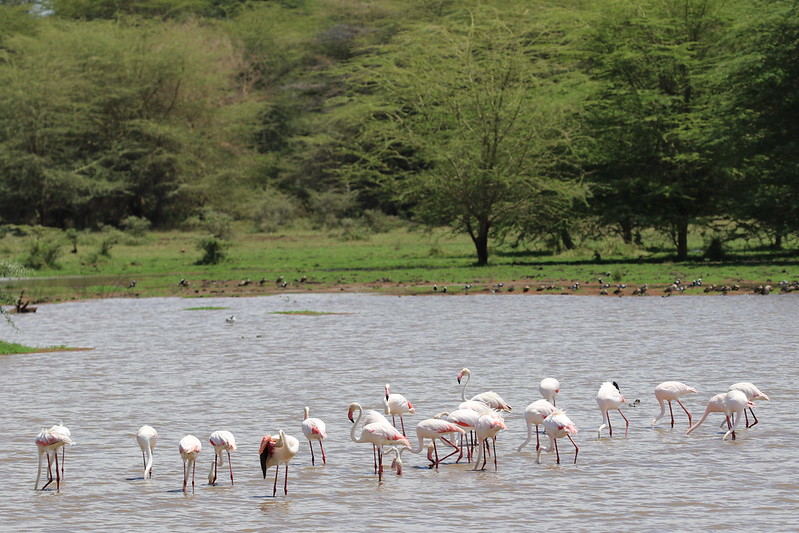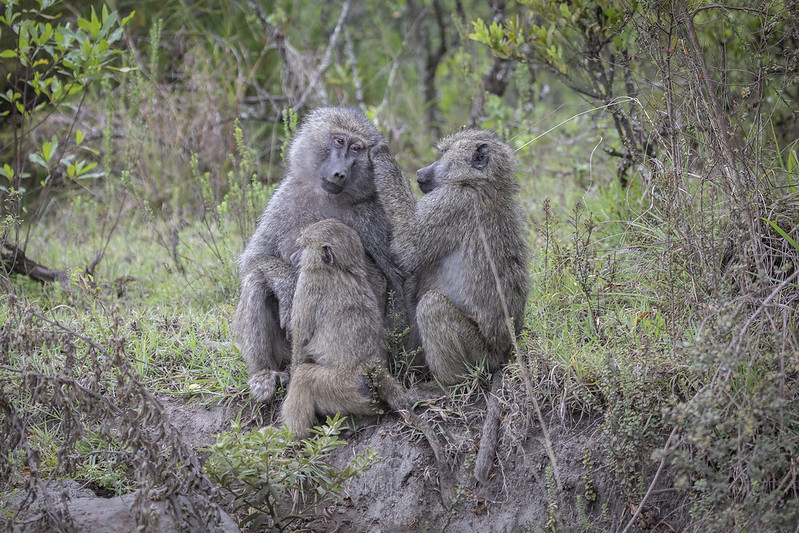
TANZANIA SAFARI TOURS
TANZANIA SAFARI TOURS, One of the best places to go on safari is Tanzania, which is also home to the world’s best show. With African Safari Kenya, you can see everything that’s going on. On a Tanzania safari, seeing the yearly wildebeest migration through Serengeti National Park is once in a lifetime chance to see millions of animals winding their way across the land.
But this East African country is more than that. In Swahili, safari means “journey.” Tanzania is home to Mt. Kilimanjaro, Africa’s largest mountain, and pristine national parks where the “Big Five” animals—elephant, lion, leopard, rhinoceros, and buffalo—live.
When planning a safari in Tanzania, it’s helpful to have knowledgeable local guides and a range of flexible, carefully chosen tours to choose from. This way, you can enjoy the country’s stunning scenery, wide range of landscapes, and strong wildlife. As a locally owned tour company, African Safari Kenya has everything it needs to give you an unforgettable trip.
Our normal safari vehicle is a 4X4 Land Cruiser Jeep that can fit six people. It has long-range radios for easy communication and a pop-up roof that makes taking pictures a breeze. African Safari Kenya can make your dream trip come true, no matter how much you want to spend or how simple you want your experience to be.
The Best Safari Destinations in Tanzania
Serengeti National Park 
Serengeti National Park is one of the best places to go on safari in Tanzania. It is both a UNESCO World Heritage Site and a national park. During the epic animal migration, huge groups of wildebeest and zebras move back and forth across the endless fields and the Mara River in search of fresh water and pasture. You can get close to lions, leopards, elephants, buffalo, giraffes, gazelles, and the endangered Eastern Black Rhino in Tanzania’s oldest and most famous park. Many kinds of birds fly over the rivers, and the rivers are full of crocodiles and hippos. The Serengeti is always full of interesting things to see.
Ngorongoro conservation area
The Ngorongoro Conservation Area, also called the Ngorongoro Crater, is a 100-square-mile volcanic crater that has been called Africa’s “eighth wonder of the world.” It is a great place to see wildlife. This lush valley is in northern Tanzania.
It is surrounded by high crater walls and is home to the “Big Five” and many bird species, such as egrets and ostriches. People who go on tour will see waterbucks, vervet monkeys, and great tusker bull elephants in the Lerai Forest. During the rainy season, Lake Magadi turns into a magical place where groups of migratory flamingos gather, a sight that you will never forget.
Lake Manyara National Park.
Lake Manyara National Park is a great place to go on vacation because it has lions that climb trees, millions of pink flamingos, big groups of elephants, and groups of baboons. The park is only a small area, but it has a lot to offer. People who like to watch birds can be amazed to see pink-backed pelicans, Marabou storks, and gray herons eating in the middle of the large, shallow lake.
Tarangire National Park
The second most animals of any park in Tanzania can be found in Tarangire National Park. Animal lovers will find a lot of elephants around the Tarangire River during the peak dry season. Big cats like lions, leopards, and cheetahs, as well as zebras, wildebeest, buffalo, and giraffes, will also keep people interested in this lively area. The tall baobab trees that grow in the grassy savannah make the scenery look even more out of this world.
Kilimanjaro National park
Kilimanjaro National Park covers 650 square miles and is located near the Tanzanian area of Moshi, which is 190 miles south of the equator. It has Mount Kilimanjaro and a mountain forest around it. Kili, which is its name, is Africa’s tallest mountain and one of the most beautiful sights on the continent. In 2019, more than 65,000 people from other countries tried to climb it, and that number is going up. The mountain goes from large farmlands on the lower slopes to lush rainforest and alpine meadows all the way up to the twin peaks of Kibo and Mawenzi.
The park is home to a lot of different kinds of animals. In the montane forest, moorland, and meadow, you can see Cape buffalo, leopards, blue monkeys, eastern black and white colobus, and bushbabies. Above the treeline, you can see tree hyrax, gray and red duiker, and bushbuck. Elephants live between the Namwai and Tarakia rivers, and sometimes you can even see them higher up.
Arusha National Park
The jungle around Ngurdoto Crater, the tall peaks of Mt. Meru, and the clear blue waters of Momella Lakes are just a few of the beautiful sights in Arusha National Park, which is only 58 square miles in size. The park is only 20 miles southwest of Arusha, so it’s easy to see in one day.
The park’s name has changed several times, from Ngurdoto Crater National Park in 1960 to Mt. Meru National Park in 1967 to what it is now. It was named after the Warusha people who lived in the area before the Maasai. Many places in the park are named after them.
Frequently Asked Questions About Safaris in Tanzania
When is the best time to go to Tanzania?
Tanzania is best visited between December and March or June and October, when it is dry. These are the best times to see wildlife. The rains usually happen in April and May, and then again in November, when fewer people are visiting and plants grow well. If you go to the grassland in February, you can see wildebeest giving birth right in front of you.
How much is it to go on vacation in Tanzania?
Each person on a moderately priced safari stays in a lodge for $350 to $400 per day. On the other hand, each person on a very expensive safari with all the bells and whistles costs $600 to about $1000 per day.
If you want to go on safari, Kenya or Tanzania?
People say that both countries are great places to see wildlife. Tanzania is different from its northern neighbor because of its stunning Mount Kilimanjaro, sprawling coffee farms, and the exotic island of Zanzibar. Kenya, on the other hand, is less tropical because of its lush green landscapes. Because the two countries are close to each other and both have the must-see Great Migration, they are often combined into one trip.
What and when is the Great Migration?
During East Africa’s dry season, hundreds of wildebeest and other animals move toward greener grazing pastures. This is known as the Great Migration, and safari fans have even called it “The Greatest Show on Earth.” The wildebeest depend a lot on the weather, especially the rain, which brings new plants that they eat. Most of the time, groups are in the Serengeti from November to May. When the grass dries up in May, the herds start the 500-mile journey north. By June, they are in Kenya’s Maasai Mara, where it is better.
Most of the time, they stay until October. From January on, based on the weather, they move between forests and plains. It starts to rain briefly, which makes the grass greener, so the groups start their journey down to the Serengeti. In November and December, they come to a lush, green landscape and stay there until the pattern starts all over again.








